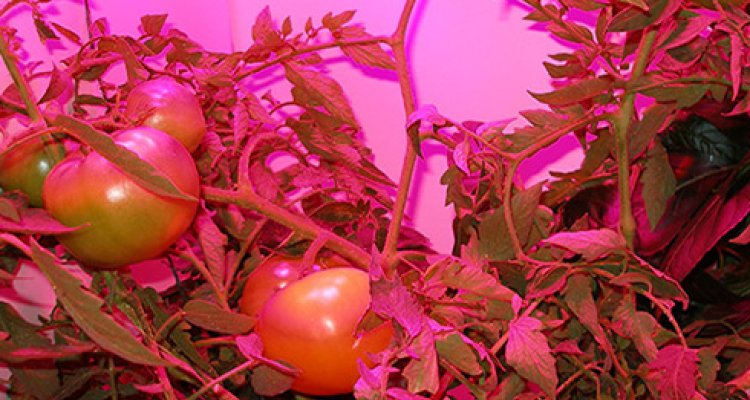
Effect of LED-light and temperature on firmness and cell wall metabolism of tomato fruits.
MSc-thesis abstract (submitted 11 April 2016):
LED lighting of plants and plant products has given the opportunity to explore the effects of different wavelengths on physiological processes. The effect of LED lighting on tomato fruit softening physiology has hardly been studied. In addition, the combination of these treatments with the effect of chilling injury is a novel area of research. Fruit texture and the molecular and biochemical alterations underlying softening are a major part of the tomato ripening process.
LED lighting of plants and plant products has given the opportunity to explore the effects of different wavelengths on physiological processes. The effect of LED lighting on tomato fruit softening physiology has hardly been studied. In addition, the combination of these treatments with the effect of chilling injury is a novel area of research. Fruit texture and the molecular and biochemical alterations underlying softening are a major part of the tomato ripening process.
In this research one tomato cultivar (Solanum lycopersicum cv. Roterno) is studied under the effect of blue, red and red/far-red illumination at 5 °C during 5, 10 and 15 days before changing the storage of the fruits to 20 °C. The fruits were subjected to these treatments starting with the green mature until the fully ripened red stage.
Firmness changes were recorded during ripening and gas exchange (ethylene, O2, CO2), pectolytic enzyme activities and gene expression were measured.
The results indicate that low temperature has a profound effect on the ripening processes of tomatoes reducing firmness decline drastically.
These effects were alleviated by changing the fruits to higher temperatures, observing a recovery to some extent.
Light has also a significant regulatory role in the ripening process. Blue light accelerated softening and ethylene synthesis. Additionally, R/FR illumination also caused a firmness decrease although this effect was only observed on the last stage of the experiment. The combination of blue light and chilling injury imposed increased softening.